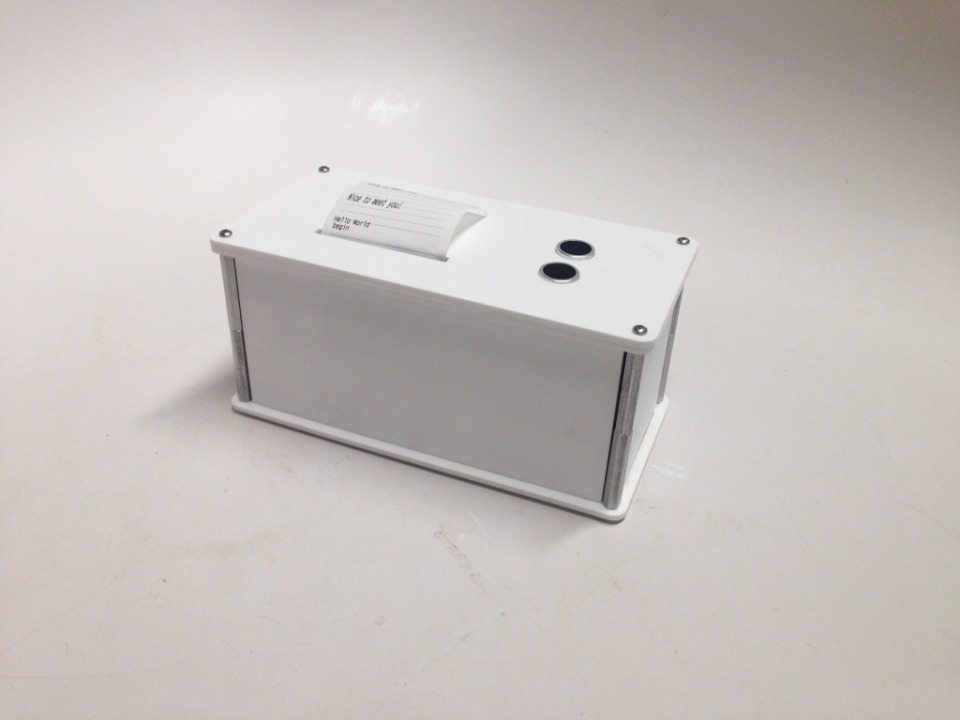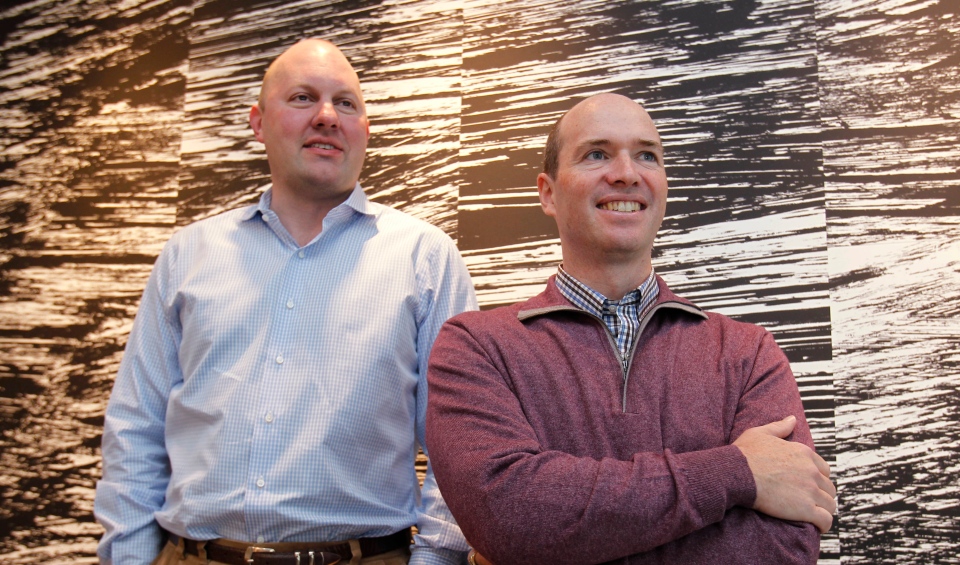Where is the cloud? What does it look like? And, what exactly is the big data that we store there?
Let’s face it, not a day goes by that you don’t hear words like “big data” and “the cloud.” These ambient terms have been immersed in our modern-day vocabulary, but in many ways these buzzphrases still remain distant and abstract. Jingwen Zhu, a Master’s student at NYU ITP, started asking herself those questions upon hearing various lecturers discussing how big data is affecting our lives. In an exploration as what big data in the cloud would actually look like if it were tangible, the Maker crafted her vision as an interactive data exhibition. The aptly dubbed Big Data Cloud obtains data from users, and gives the information data back to them.
“In this installation, people are not only encouraged to interact with the cloud, but also interact with the data,” Zhu explains. “In our daily life, we are interact with big data every day. We provide our data to the cloud, and get data back from it. Yet this repeated occurance falls to the background because we use big data so often that it goes unnoticed. By creating the Big Data Cloud, I provide people with a visible and tangible experience of interacting with big data, and let them to rethink about how big data affects our lives.”
How it works is simple: When a user comes under the cloud, a mobile device drops down from the cloud with a question displayed on the screen. Once the user types the answer to the question, the phone “uploads” the information back into the cloud. After some thunder and lightening, the cloud begins to “rain” just as it would in a summer night’s storm. However, the big data rain is in the form of a printed roll of paper with the users’ answers to the question instead. What’s more, the most frequently repeated words are also projected as “puddles” on the ground. Users can play either with the projected raindrops, or read all the answers on the receipt.
In order to make this concept to a reality, the Maker designed a 3D polygonal cloud comprised of folded paper to enclose her device and suspended it from the ceiling. Embedded within the paper cloud are a stepper motor connected to an ATmega328 board, a projector and a thermal printer.
The stepper motor coils the phone up and down from the cloud, while the mobile device itself is attached to a piece of fishing wire — this enables the phone to be drawn back up into the cloud. A Processing sketch using a Temboo Google Spreadsheets Choreo acquires the data that the user entered, which allows the newly-acquired data to be both projected onto the ground as at the user’s feet and printed from the thermal printer. Using the program, Zhu was able to write the visual effect of the cloud and count the word frequency, before arranging and displaying the terms in different sizes. Meanwhile, an ultrasonic sensor within the printer can detect when someone puts their hand above it, thereby causing the machine to print the content, which of course, is decided by the distance.
When all is said and done, this impressive project is a great physical representation of how we send and retrieve data from “the cloud.” Interested in learning more? You can learn all about the project as well as access a step-by-step breakdown of the build here.





















